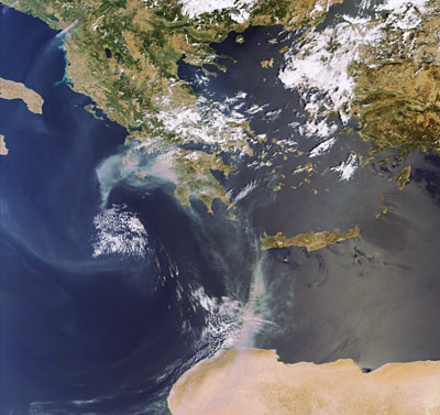 Soot: Calling "Bull" on Global Warming Activists and Politicians
Soot: Calling "Bull" on Global Warming Activists and PoliticiansIn my previous posting, "Fixing Soot Gains 20 Years against Global Warming" I found myself...
 Fixing Soot Gains 20 Years Against Global Warming
Fixing Soot Gains 20 Years Against Global WarmingThe odds are poor that humanity will ever curtail CO2 emissions sufficiently fast against even...
 Fixing Air-heating Soot Would Slow Climate Change
Fixing Air-heating Soot Would Slow Climate ChangeRamanathan has served on IPCC WG2 Panels, he headed the UN's INDOEX project and he's as...
 Soot, Black Icebergs And Arctic Ice
Soot, Black Icebergs And Arctic IceA black iceberg & melting snow http://www.sciam.com/article.cfm?id=impure-as-the-driven-snow ...






